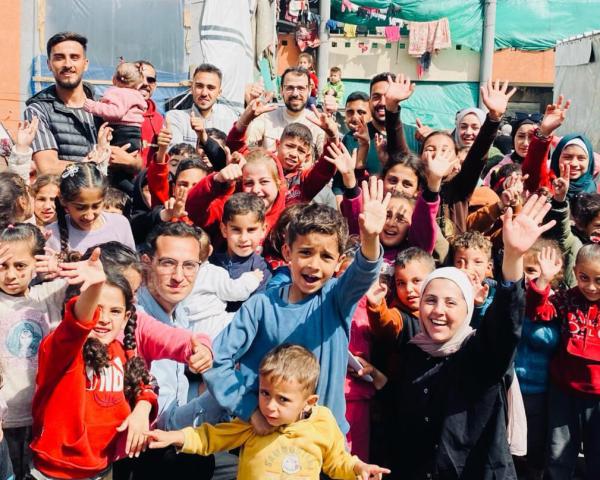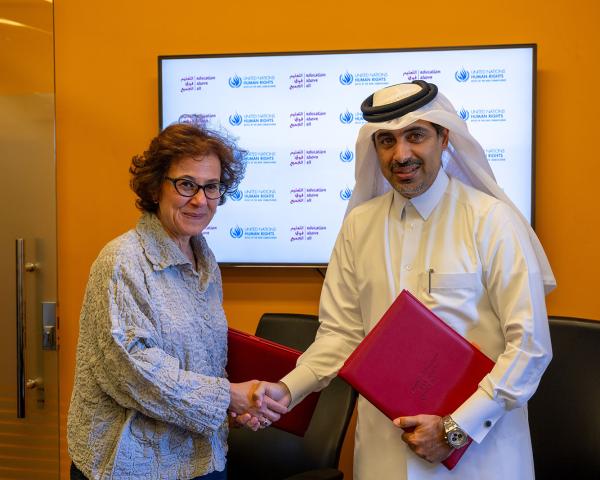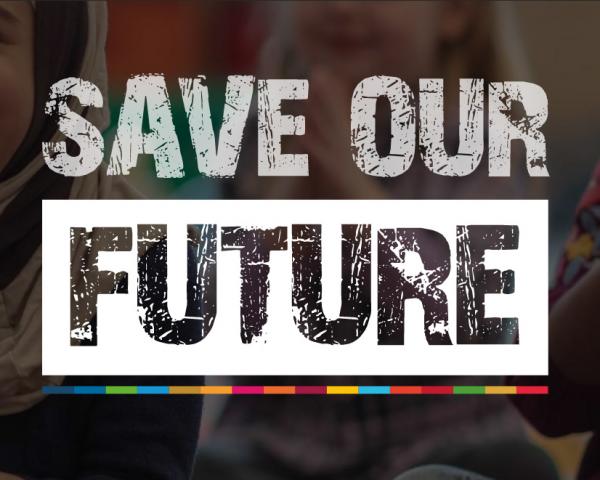Education in Crisis: Why are Children Being Left Behind?
The devastating impact of humanitarian crises on children's education is often overlooked. It is essential that children in conflict zones have continuous access to education despite obstacles posed by lack of resources and decision paralysis. The global community must speak out and support efforts to provide education to war-torn communities across the world.
There is rarely a day when my social media or television does not flash news of children under attack, displaced from their homes due to climatic and political disasters and starving due to war-induced famines. Safely wrapped in privilege and sympathy, our perception of children in crisis seems distant from our realities. The truth is, it is closer than one thinks. More than one in five children live in conflict zones — over 400 million children on our planet. If complete disregard for civilian life continues, these statistics point to a worrying future.
Education in times of conflict
Education is an insidious casualty of conflict amidst the horrors of war. Each day, eight reported attacks on education occur, targeting both students and teachers as well as educational facilities themselves. Schools are bombed or turned into military bases, and students and faculty are kidnapped, raped or even killed. Currently, more than 72 million children are driven out of school due to conflict across the globe.
Attacks on education also have a drastic economic effect. For example, Syria’s economy is predicted to lose up to 5.4% of GDP — around $2.18 billion — as a result of nearly three million Syrian children losing access to education. In 2015, the cost of rebuilding school infrastructure alone stood at about three billion dollars.
While education is often deprioritized in times of conflict, it is a fundamental human right and should be treated as such. Investing in education is more than a humanitarian gesture; it is a strategic necessity. Yet, the education sector receives less than 3% of global humanitarian aid. Why is it that education is chronically overlooked in crisis programming?
Roadblocks to supporting education
Financial resources are a huge challenge. Donors are wary of the risks involved in providing immediate educational support during active crises and prefer to intervene during the medium or long-term stages. Many operate under the assumption that diverting funds to sectors like education poses a threat to the very survival of individuals in crisis, as they prefer to allocate money toward meeting more basic human needs. This hesitation exacerbates the immediate challenges, delaying crucial support when it is most needed.
On a larger scale, there are drastic inequalities in terms of individual countries’ access to humanitarian aid. In 2022, two-thirds of all international humanitarian funding was given to only 10 countries, and one country received the largest sum of financial aid recorded in a single year. These staggering statistics warrant reflection on how the global community can collaborate towards collective impact and allocate resources more equitably.
Lack of funding is only part of the problem. Staff and resource shortages along with infrastructural damage and safety issues drastically reduce the ability of education systems to meet the heightened needs of children. Gaps in data limit decision-making capabilities, while competing priorities and coordination issues throw additional hurdles at humanitarian teams.
While frameworks, toolkits and guidance notes in a crisis are certainly helpful, principles often get overlooked under the barrage of procedures and can lead to inaction. I have noticed that the Not-Until-We-Know-Everything mindset, no matter how well-intentioned, can paralyze response. It is important to re-evaluate our bias to action and the associated trade-offs in crisis programming and reprioritize education.
Why does it matter?
Although it faces many challenges, education in emergencies provides stability, normalcy and hope amidst chaos. Education facilities serve as safe havens protecting children from exploitation and abuse and can disseminate life-saving information to communities. Continuous access to educational resources prevents learning gaps and lost generations. It fosters social support, resilience and future economic stability, empowering children to rebuild their communities.
At the Education Above All Foundation (EAA), we strive to uphold every child’s right to education, no matter the circumstance. We do this in a myriad of ways: developing educational materials in-house for Afghan refugees, enabling access to psycho-social support through education projects in Gaza, strengthening pathways into education for children in Somalia, providing financial support to local communities and more.
However, there is a lot more to be done as problems run faster than solutions in times of crisis. While rebuilding formal education systems and infrastructure is vital, the nature of humanitarian crises requires rapid solutions that support learning continuity. EAA integrates this into our work in Ukraine, working with organizations like Think Equal and the Yale Center for Emotional Intelligence to provide relevant and effective support in mental health and education. It is time to reimagine education beyond the status quo without reinventing the wheel or losing sight of real needs on the ground.
While there is no golden standard, there are many small steps we can take to effectively address educational needs during crises. Success in emergency education is not merely the resumption of learning. It is about building resilience in students, educators, local NGOs and education systems to effectively respond to and bounce back from the ongoing challenges posed by the crisis.
It is time for decision-makers to recognize that waiting for perfect conditions before acting only exacerbates the plight of children in crisis. Education in emergencies is not a “good to have,” it is a must-have. As we approach the International Day to Protect Education from Attack on September 9, I urge you to do your bit in supporting initiatives that advocate for education in crisis, until the day when children are children, not just victims.
Disclaimer: The author first published this blog in July 2024 in the Fair Observer. Click here to read the original post.







